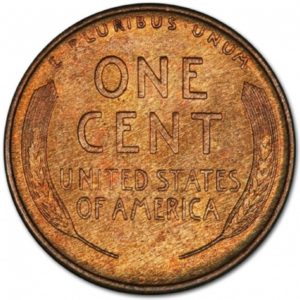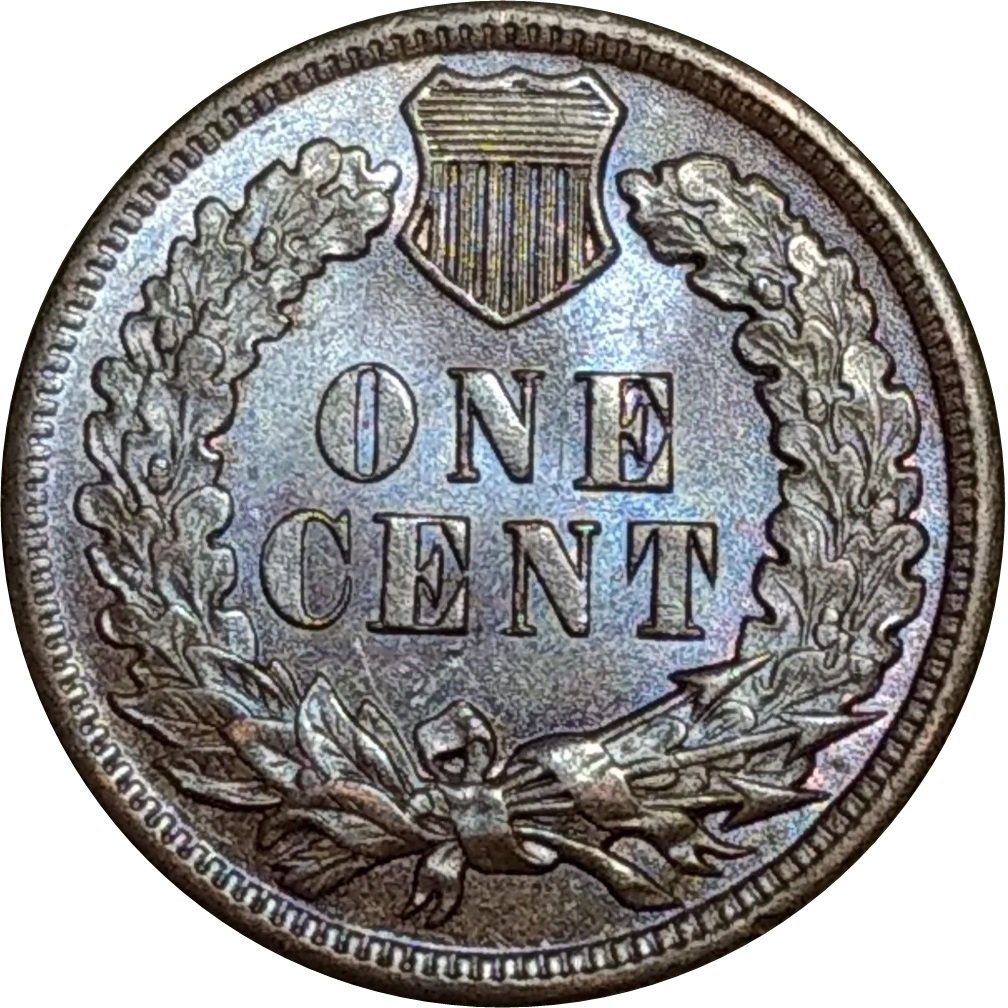1856 1c Flying Eagle Small Copper Nickel Cent PCGS Proof 65.
The Flying Eagle cent is a one-cent piece struck by the Mint of the United States as a pattern coin in 1856. The coin was designed by Mint Chief Engraver James B. Longacre, with the eagle in flight based on the work of Longacre’s predecessor, Christian Gobrecht.
By the early 1850s, the large cent (about the size of a half dollar) being issued by the Mint was becoming both unpopular in commerce and expensive to mint. After experimenting with various sizes and compositions, the Mint decided on an alloy of 88% copper and 12% nickel for a new, smaller cent. After the Mint produced patterns with an 1856 date and gave them to legislators and officials, Congress formally authorized the new piece in February 1857.
The new cent was issued in exchange for the worn Spanish colonial silver coin that had circulated in the U.S. until then, as well as for its larger predecessor. So many cents were issued that they choked commercial channels, especially as they were not legal tender and no one had to take them. The eagle design did not strike well, and was replaced in 1859 by Longacre’s Indian Head cent.
By the 1840s, profits, or seignorage, from monetizing copper into cents helped fund the Mint. In 1849, copper prices rose sharply, causing the Department of the Treasury to investigate possible alternatives to the large one-cent pieces. The cent was disliked for its large size as well. In 1837, the eccentric New York chemist Lewis Feuchtwanger had experimented with a smaller cent size in making model coins as part of a plan to sell his alloy (similar to base-metal German silver) to the government for use in coinage. His pieces circulated as hard times tokens in the recession years of the late 1830s and early 1840s.
By 1850, it was no longer profitable for the Mint to strike cents, and on May 14, New York Senator Daniel S. Dickinson introduced legislation for a cent made out of billon, copper with a small amount of silver. At the time, it was widely felt that coins should contain a large proportion of their face value in metal. The coin would be annular; that is, it would have a hole in the middle. The Mint struck experimental pieces, and found that it was difficult to eject such pieces from the presses where they were struck, and that it was expensive to recover the silver from the alloy. Provisions for a smaller cent were dropped from the legislation that gave congressional approval for the three-cent piece in 1851. Numismatic historian Walter Breen suggested that one factor in rejecting the holed coins was that they reminded many of Chinese cash coins with their minimal purchasing value. A drop in copper prices in 1851 and early 1852 made the matter of a smaller cent less urgent at the Department of the Treasury, which supervised Mint activities.
Copper prices resurged in late 1852 and into 1853 past the $0.40 per pound that the Mint viewed as the break-even point for cent manufacture after considering the cost of production; 1 pound (0.45 kg) of copper made 42⅔ large cents. In 1853, patterns using a base-metal alloy were struck using a quarter eagle obverse die, about the size of a dime. Some of the proposed alloys contained the metal nickel. Also considered for use in the cent was “French bronze” (95% copper with the remainder tin and zinc) and various varieties of German silver. In his 1854 annual report, Mint Director James Ross Snowden advocated the issue of small, bronze cents, as well as the elimination of the half cent, which he described as useless in commerce. A number of pattern cents were struck in 1854 and 1855. These featured various designs, including several depictions of Liberty and two adaptations of work by the late Mint chief engraver Christian Gobrecht: one showing a seated Liberty, which Gobrecht had placed on the silver coins in the 1830s, and another of a flying eagle, which Gobrecht had created based upon a sketch by Titian Peale.














